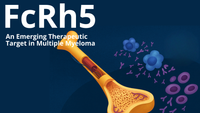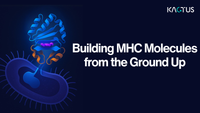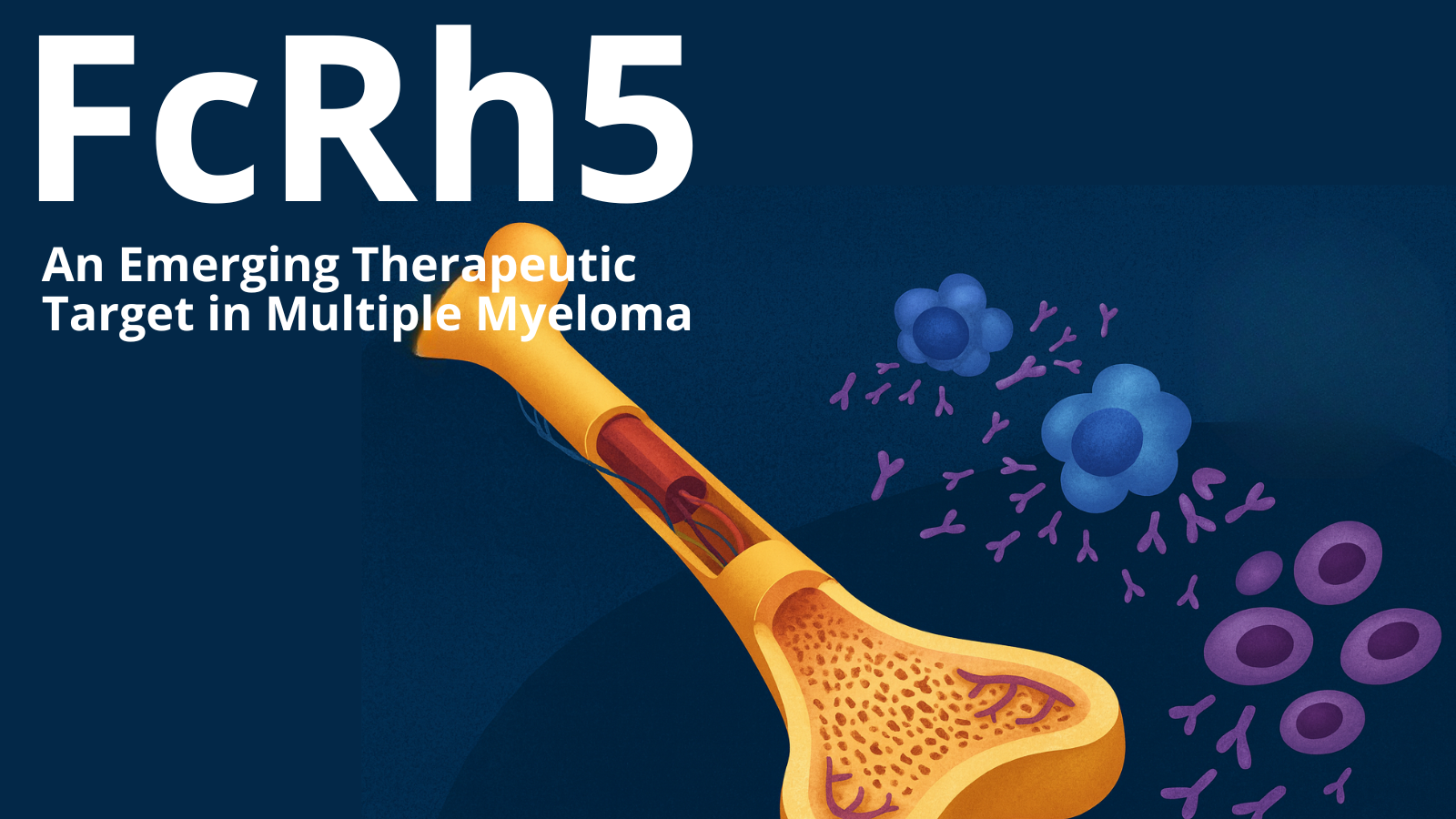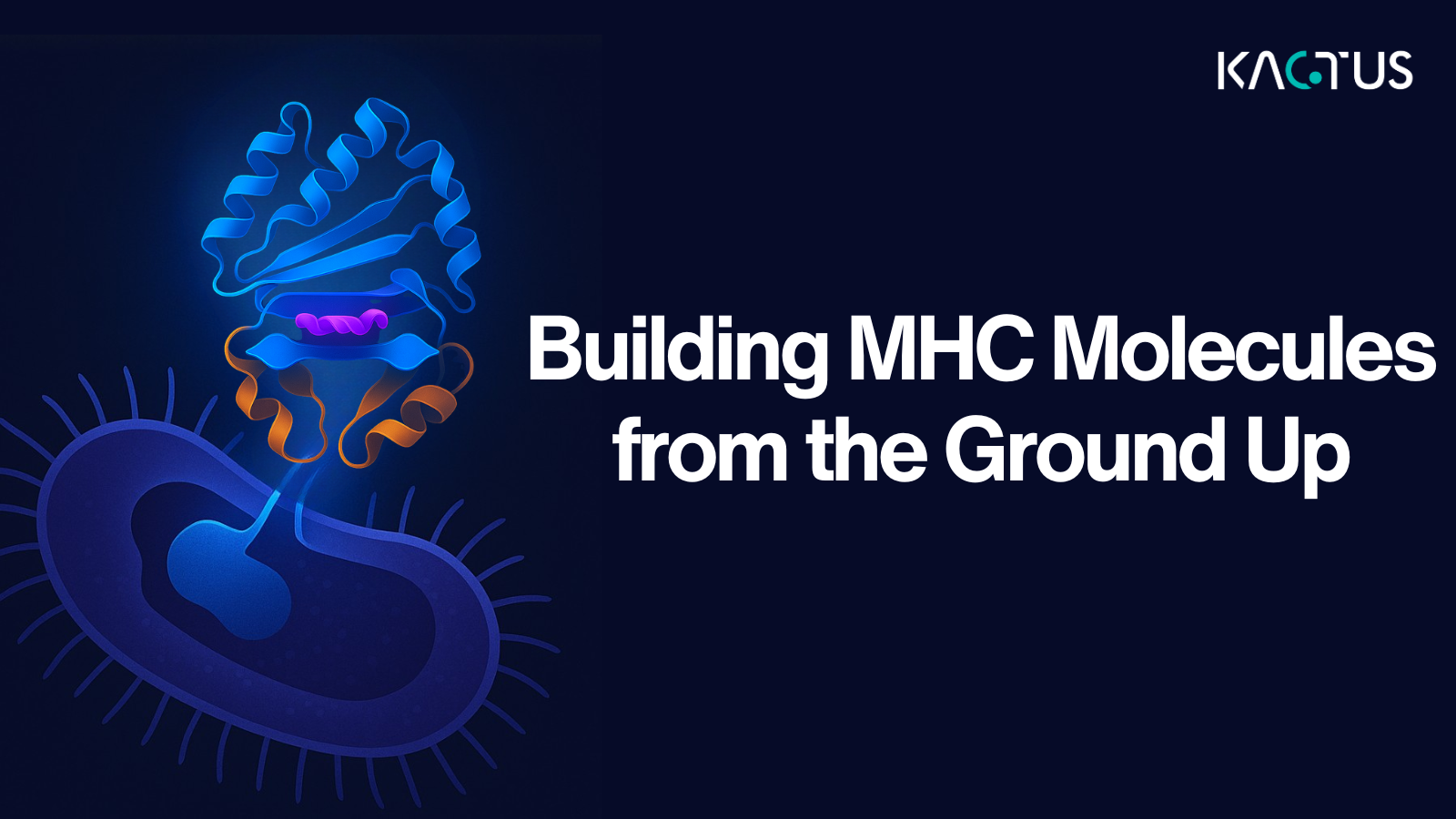New Momentum for Integrin Drugs: Integrin αvβ6
By Yujiao Zhang
Function and Signaling Pathway of Integrin αvβ6
Integrin αvβ6 (hereinafter referred to as αvβ6) belongs to the integrin family of proteins. It mainly participates in cell proliferation, adhesion, and migration, promoting tissue repair and wound healing. The hallmark function of αvβ6 is the activation of TGFβ1, which regulates innate immune surveillance in the lungs, skin, and gastrointestinal tract, maintaining the quiescence of epithelial stem cells. Research has shown that the lack of αvβ6 can result in enamel hypoplasia, periodontal disease, and hair loss, while overexpression can promote fibrosis and epithelial-mesenchymal transition, leading to cancers, especially those prone to metastasis. Importantly, αvβ6 is specifically expressed in proliferating epithelial cells and not in healthy epithelial cells, making it a potential new target for integrin-based drugs due to its restricted expression.

Figure 1. Integrin αvβ6 Signaling Pathway[1]
αvβ6 consists of two subunits, αv and β6, and is one of the integrins that can bind to the RGD sequence. Its ligands include transforming growth factor (TGFβ1/3), fibronectin, vitronectin, tenascin-C, and viral capsid proteins. Notably, β6 is the rate-limiting subunit that can only form a dimer with αv. Therefore, the expression and activity of αvβ6 depend on β6. Additionally, the cytoplasmic C-terminus of β6 has an extra 11 amino acids unique among all β subtypes, which may influence the function of αvβ6 on multiple levels. This could enhance its stability, allow more effective binding with the α subunit, or alter interactions between the β6 subunit and other signaling molecules, thereby better regulating downstream pathways and possibly serving as a new drug design target.

Figure 2. Structure of Integrin αvβ6[2]
Development of Targeted Drugs
Drugs targeting αvβ6 or β6 mainly focus on antibodies and ADCs. Notable examples include Seagen's SGN-B6A and Harpoon's ITGB6 ProTriTAC.

Figure 3. Mechanism of SGNB6A[3]
SGN-B6A uses an ADC design, targeting only integrin β6, increasing specificity and reducing harm to normal cells. At the 2023 ASCO, the phase 1 results of SGN-B6A in treating advanced solid tumors showed encouraging anti-tumor activity and durable efficacy in patients with heavily pre-treated non-small cell lung cancer (NSCLC), esophageal cancer (EC), and head and neck squamous cell carcinoma (HNSCC), with acceptable and manageable safety.

Table 1. Phase I Clinical Trial Results of SGNB6A in Advanced Solid Tumors[4]
ITGB6 ProTriTAC consists of antibodies against ITGB6, CD3, and Albumin, with a masking peptide and a tumor-specific enzyme-cleavable linker between the CD3 and Albumin antibodies. This design ensures that the drug is activated only in tumor tissues, reducing off-target toxicity. After cleavage, the remaining part without the Albumin antibody has a shorter half-life, facilitating rapid clearance and further improving safety. ITGB6 ProTriTAC is currently in preclinical research, targeting solid tumors, and has shown good anti-tumor activity in mouse models.

Figure 4. ProTriTAC Design Principle[5]

Table 2. Some αvβ6 Targeting Drugs in Clinical Trials
Furthermore, radiological imaging diagnostics like PET/CT detection are also research directions for αvβ6, aiding in early cancer detection and better stratified treatment options. Imaging agents in clinical research include 18F-FP-R01-MG-F2 (Early Phase 1) and 18F-αvβ6-BP (Phase 1).

Figure 5. Principle of Radiological Imaging Agents Targeting αvβ6[6]
KACTUS High-Quality Integrin αvβ6 Products
The development of αvβ6 drugs has moved towards reducing TGFβ in the tumor microenvironment, lowering PD-L1 expression in tumor cells, biomarker evaluation, and combination therapy. This may offer opportunities for more precise therapeutic effects, new indication choices, and fewer side effects. To support integrin-related drug development, KACTUS has developed high-quality αvβ6 proteins, including species-chimeric αvβ6, to better apply in immune processes and improve antibody development efficiency.
Product Validation Examples
Figure 6. Immobilized Human ITGAV&ITGB6, His Tag at 2 μg/ml (100 μl/well) on the plate. Dose response curve for Biotinylated Human Latent TGF beta 1, His Tag with the EC50 of 63.3 μg/ml determined by ELISA.
Figure 7. Immobilized Mouse&Human Chimeric ITGAV&ITGB6, His Tag at 2 μg/ml (100 μl/well) on the plate. Dose response curve for Biotinylated Human Latent TGF beta 1, His Tag with the EC50 of 26.5 ng/ml determined by ELISA.
Available Proteins
| Catalog Number | Product Information |
| ITG-HM4V6 | Human Integrin αvβ6 Heterodimer, His-Avi Tag |
| ITG-HM4V6B | Biotinylated Human Integrin αvβ6 Heterodimer, His-Avi Tag |
| ITG-MM1V6 | Mouse Integrin αvβ6 Heterodimer, His Tag |
| ITG-HM1V6 | Human&Mouse Chimeric Integrin αvβ6 Heterodimer, His Tag |
| ITG-RM1V6 | Rhesus macaque Integrin αvβ6 Heterodimer, His Tag |
| TG1-HM401 | Human Latent TGF beta 1, His Tag |
| LAP-HM4B1 | Human LAP (TGF beta 1), His Tag |
| TGF-HM103 | Human Latent TGF beta 3, His Tag |
| VTN-HM101 | Human Vitronectin, His Tag |
Click the catalog number for product details
References
[1] Niu J, Li Z. The roles of integrin αvβ6 in cancer. Cancer Lett. 2017 Sep 10;403:128-137. doi: 10.1016/j.canlet.2017.06.012.
[2] Sowmya G, Khan JM, Anand S, Ahn SB, Baker MS, Ranganathan S. A site for direct integrin αvβ6·uPAR interaction from structural modelling and docking. J Struct Biol. 2014 Mar;185(3):327-35. doi: 10.1016/j.jsb.2014.01.001.
[3] https://seagenmedicalaffairs.com/
[4] https://meetings.asco.org/abstracts-presentations/218493/poster
[5] https://doi.org/10.1158/1538-7445.AM2023-2927
[6] Ludwig BS, Kessler H, Kossatz S, Reuning U. RGD-Binding Integrins Revisited: How Recently Discovered Functions and Novel Synthetic Ligands (Re-)Shape an Ever-Evolving Field. Cancers (Basel). 2021 Apr 4;13(7):1711. doi: 10.3390/cancers13071711.


















